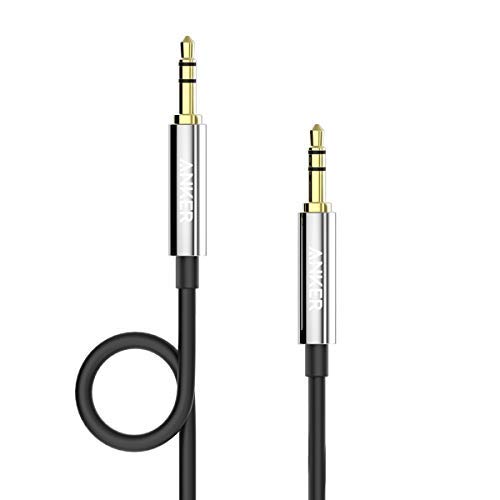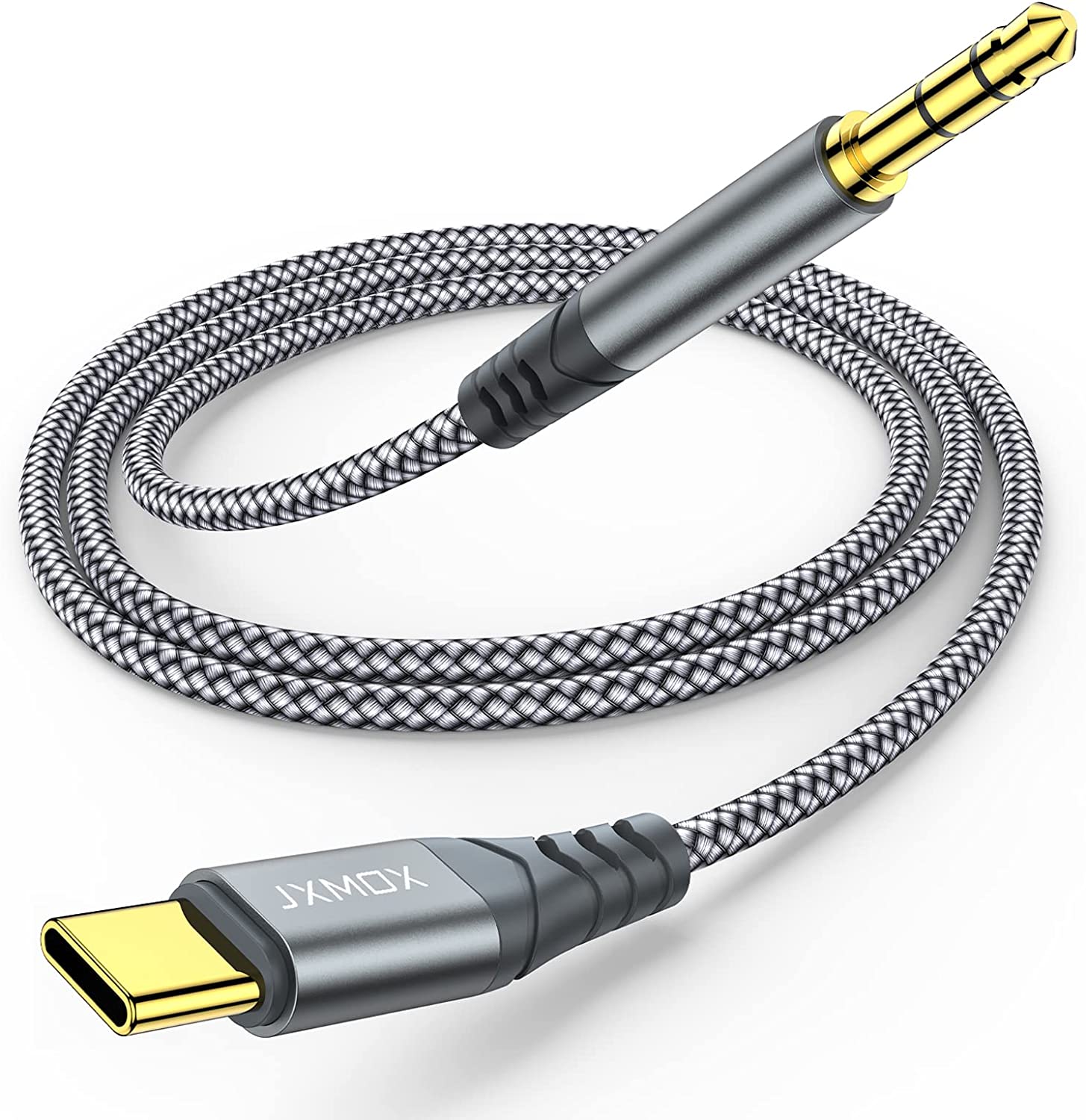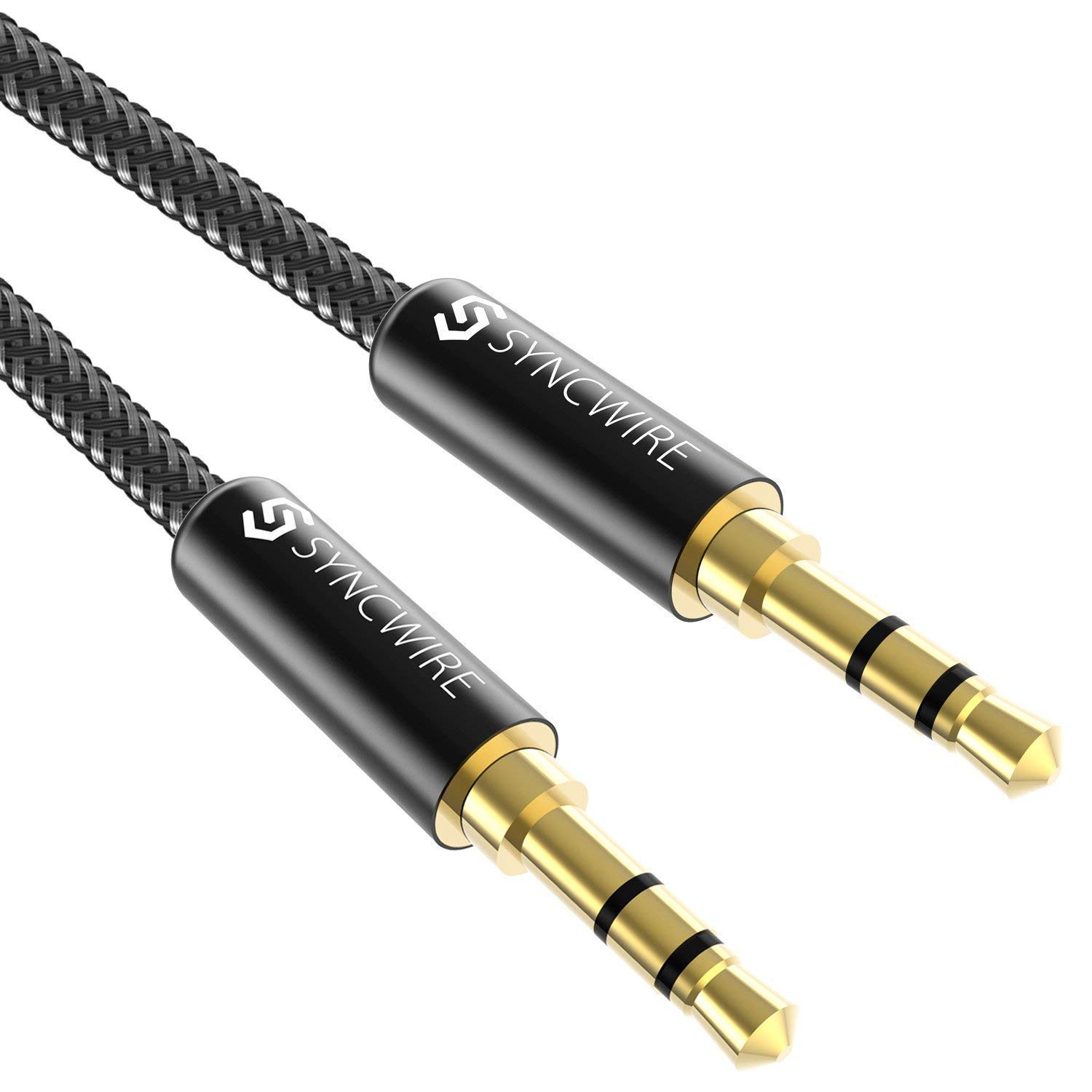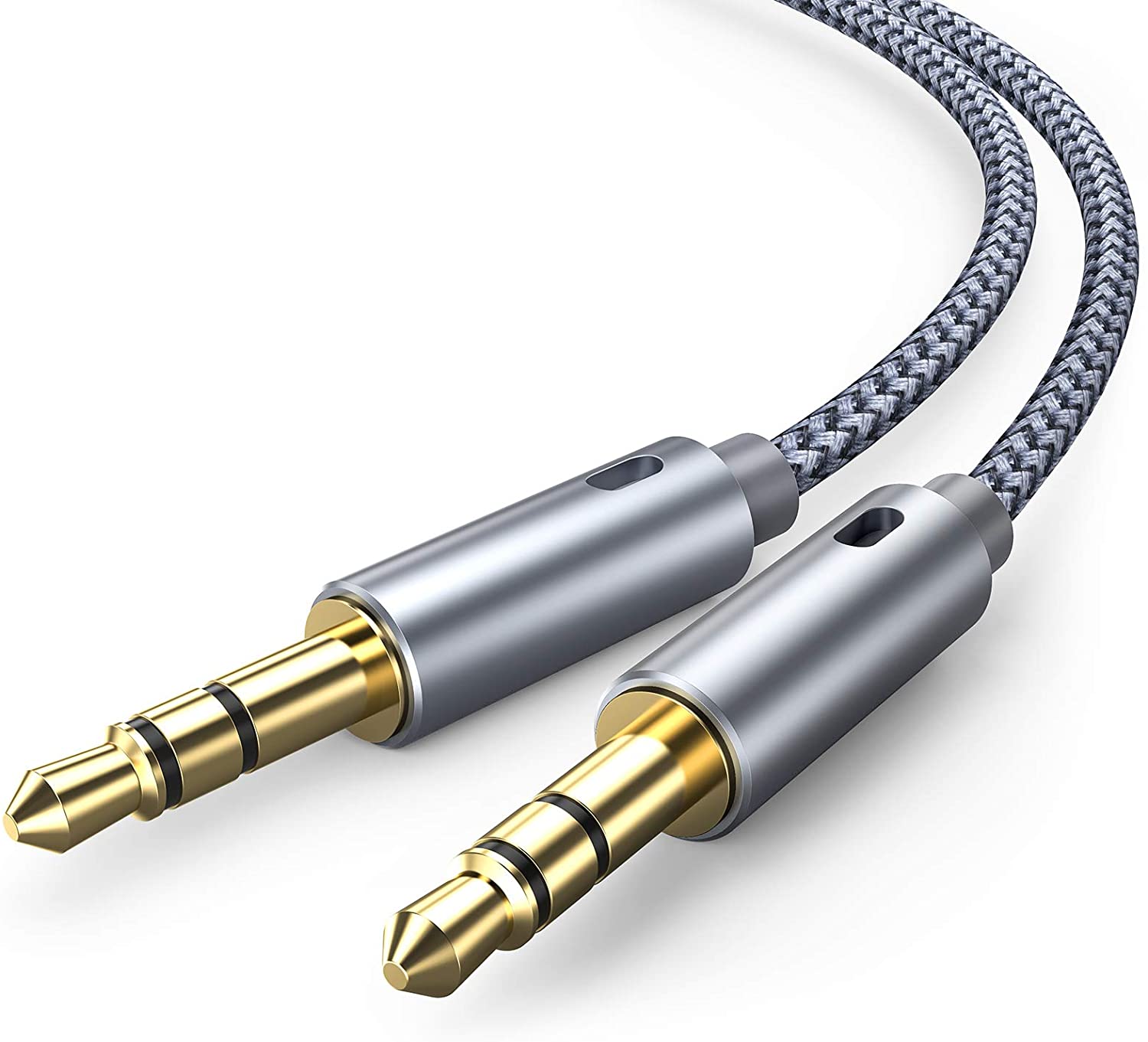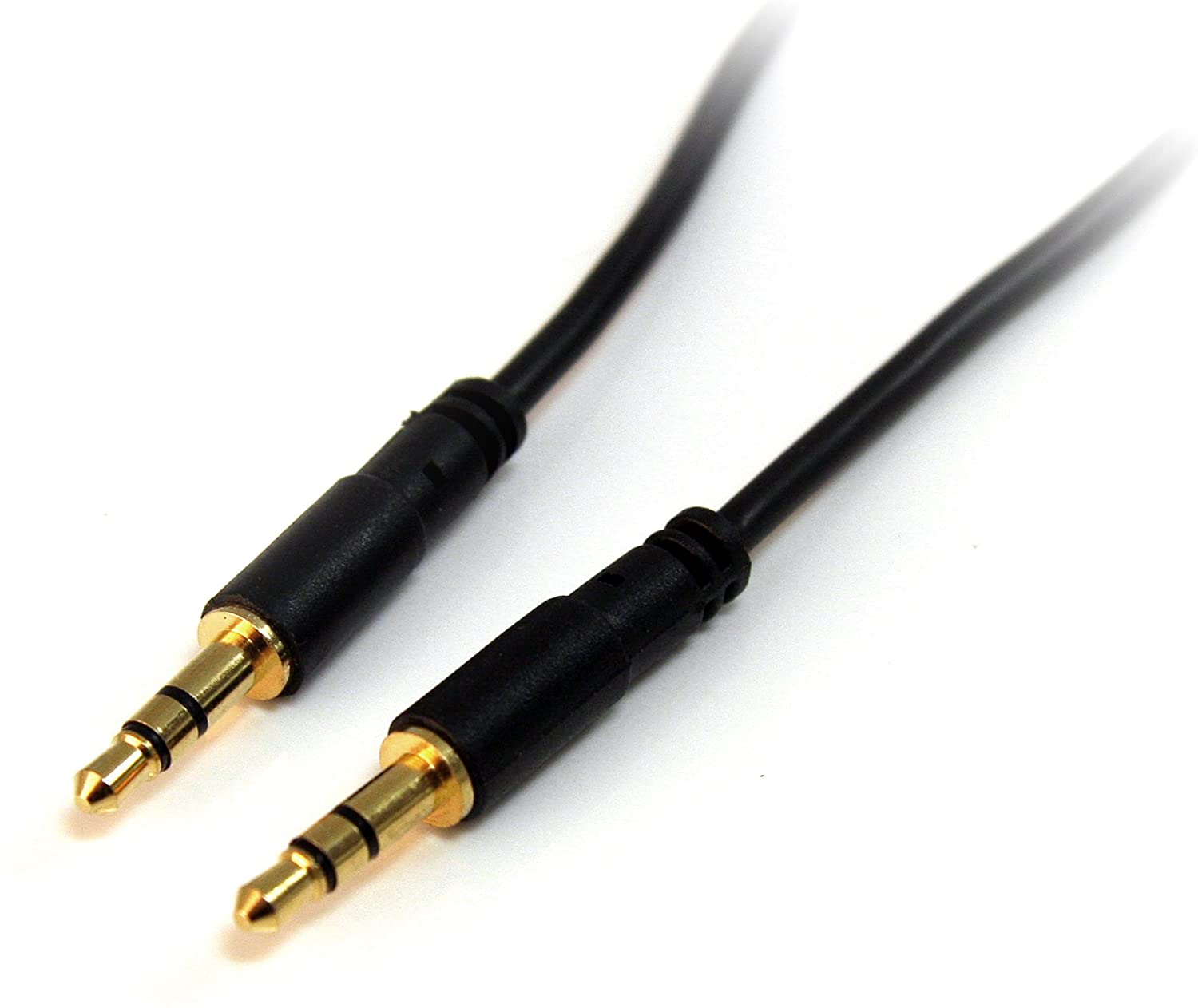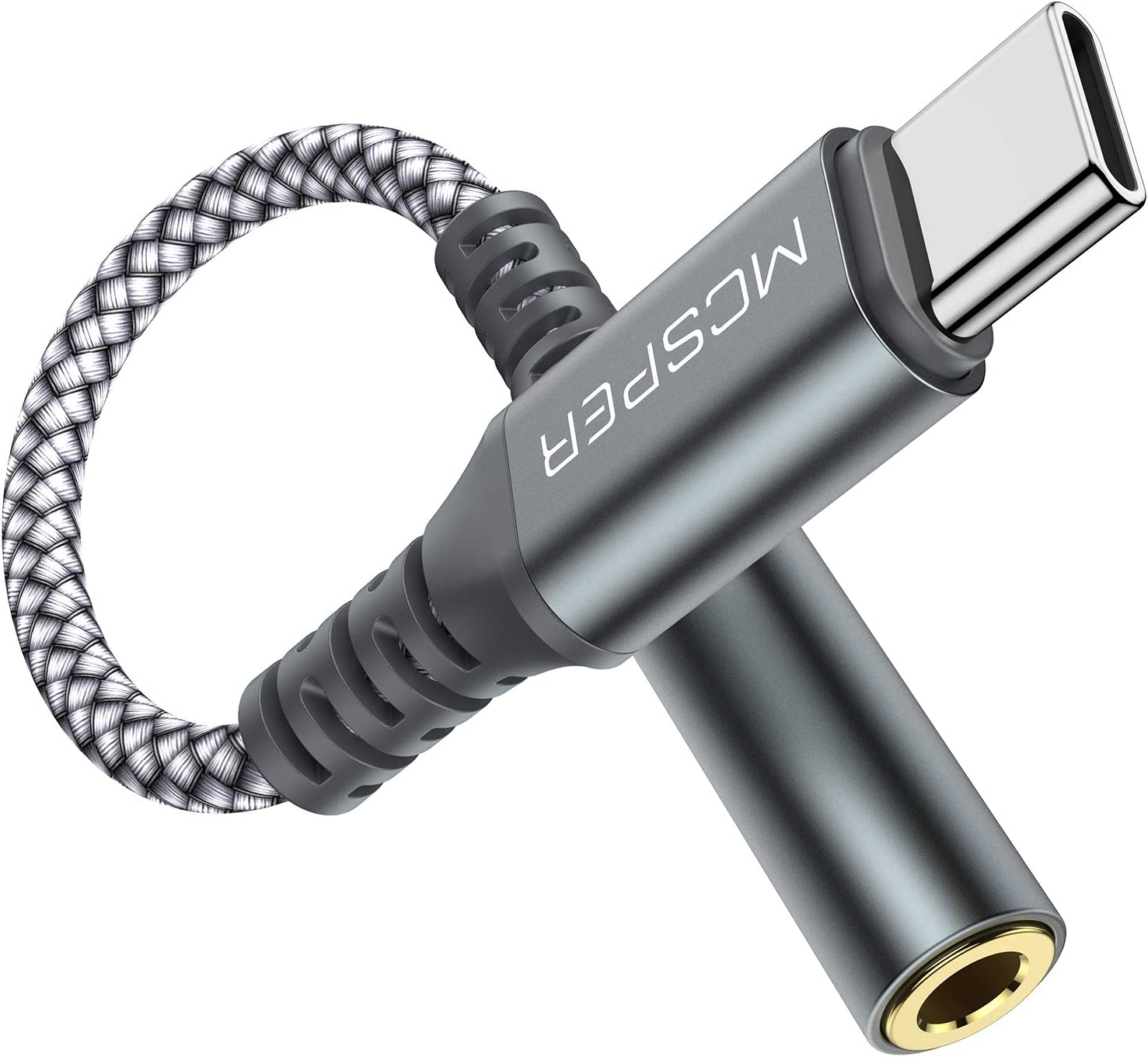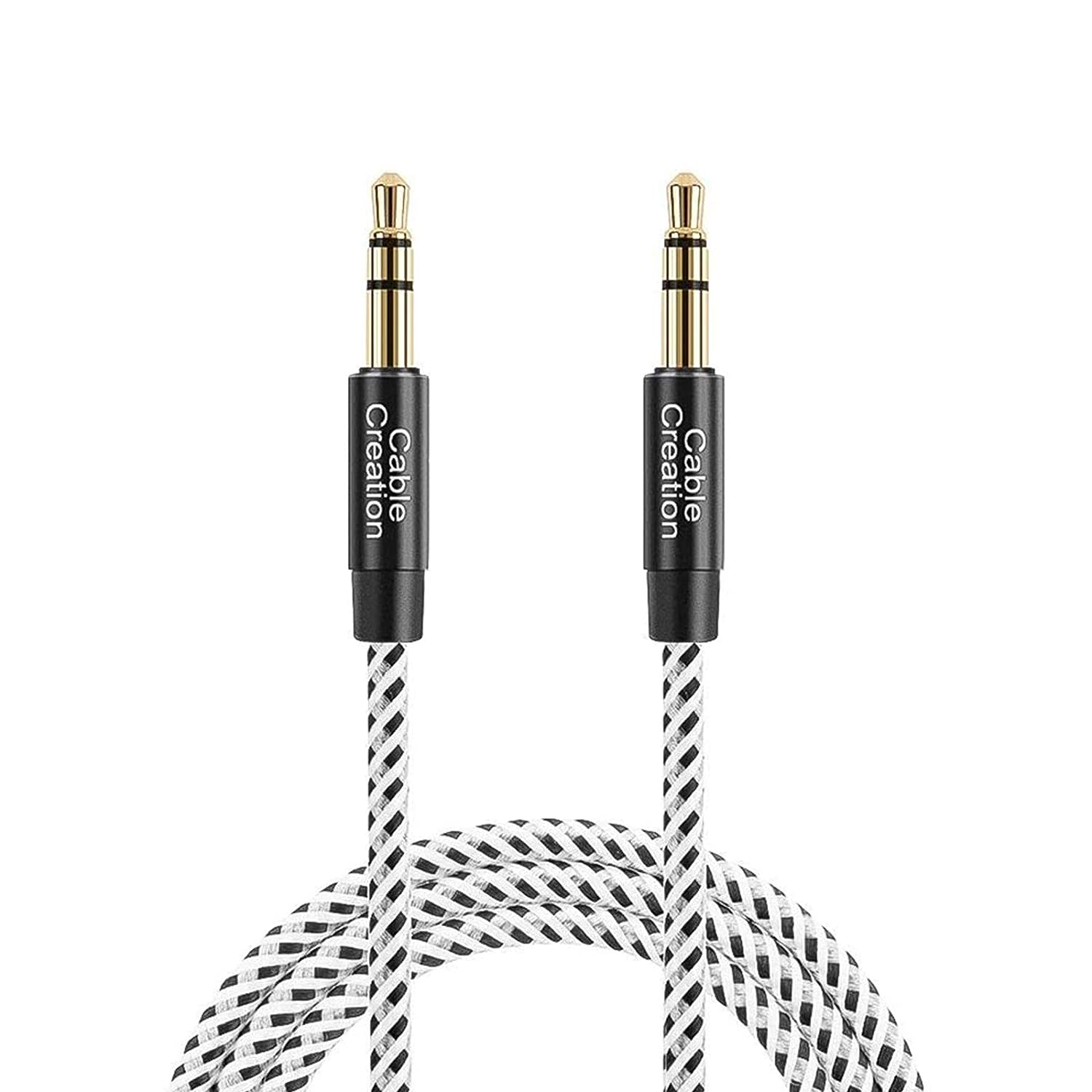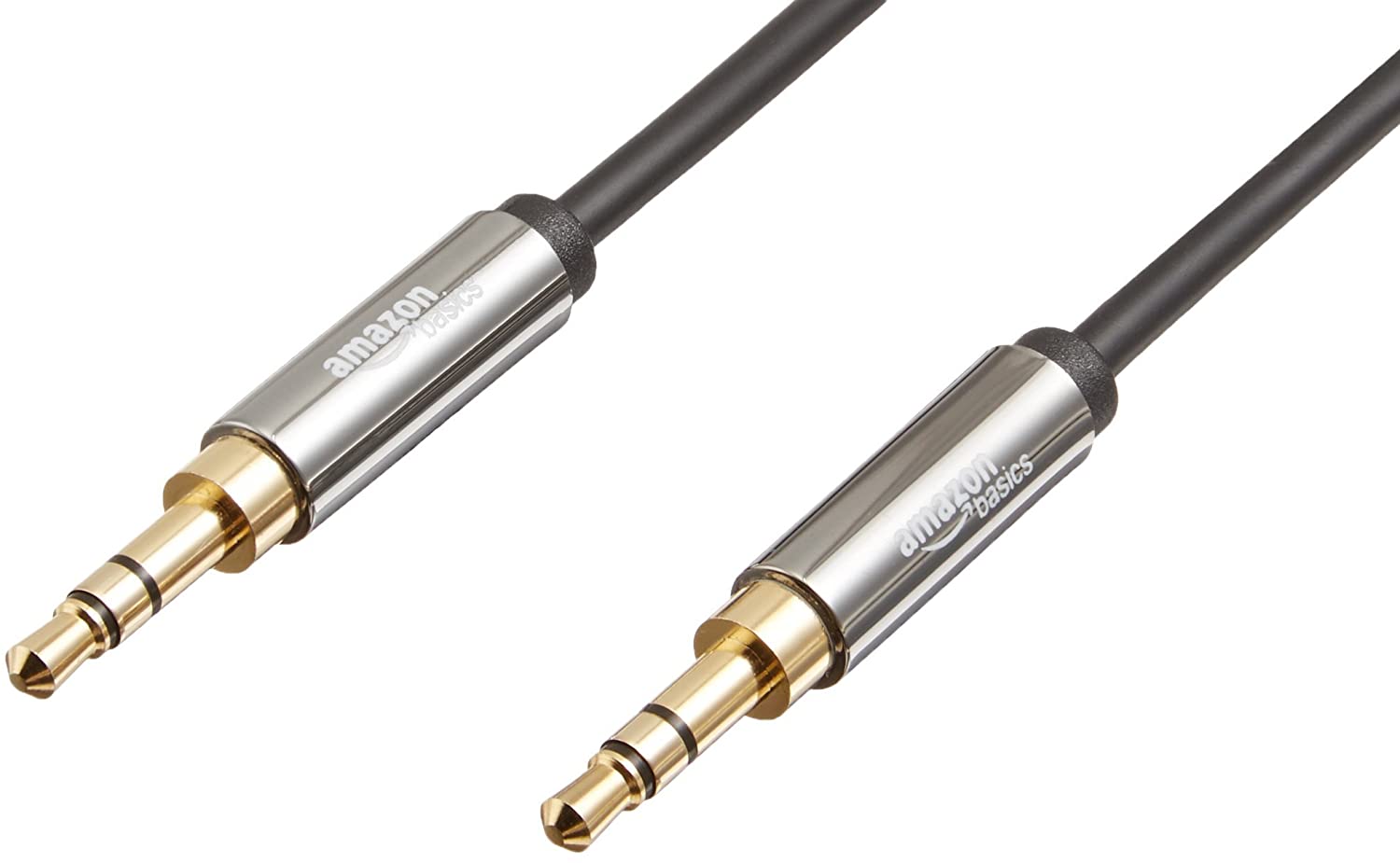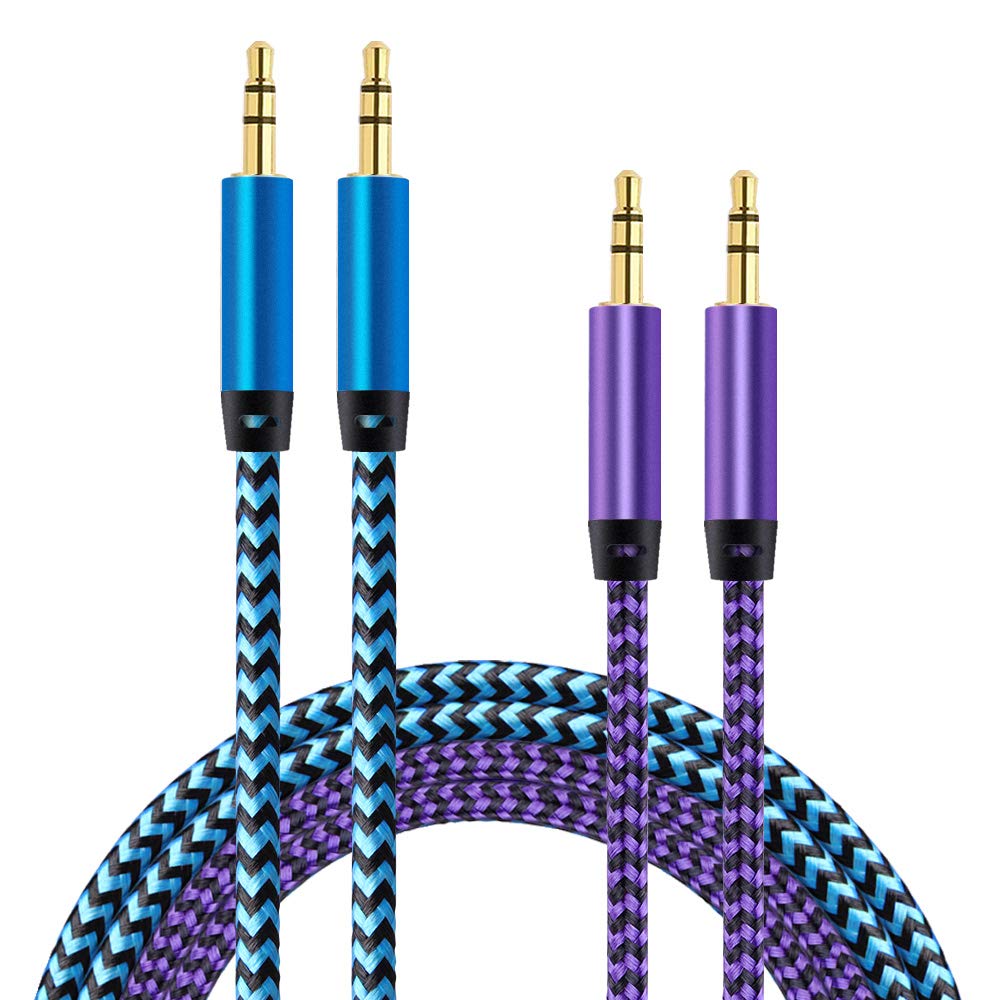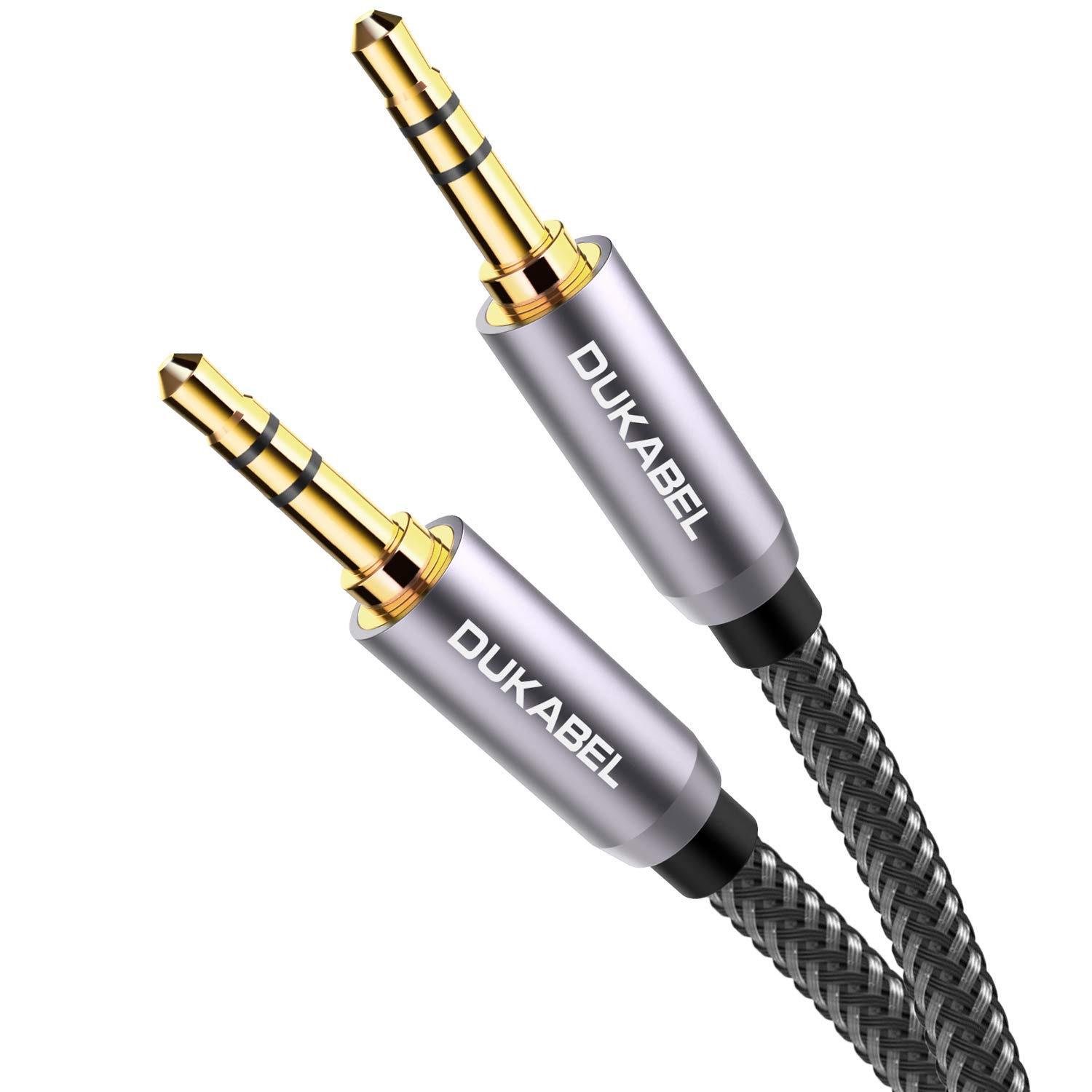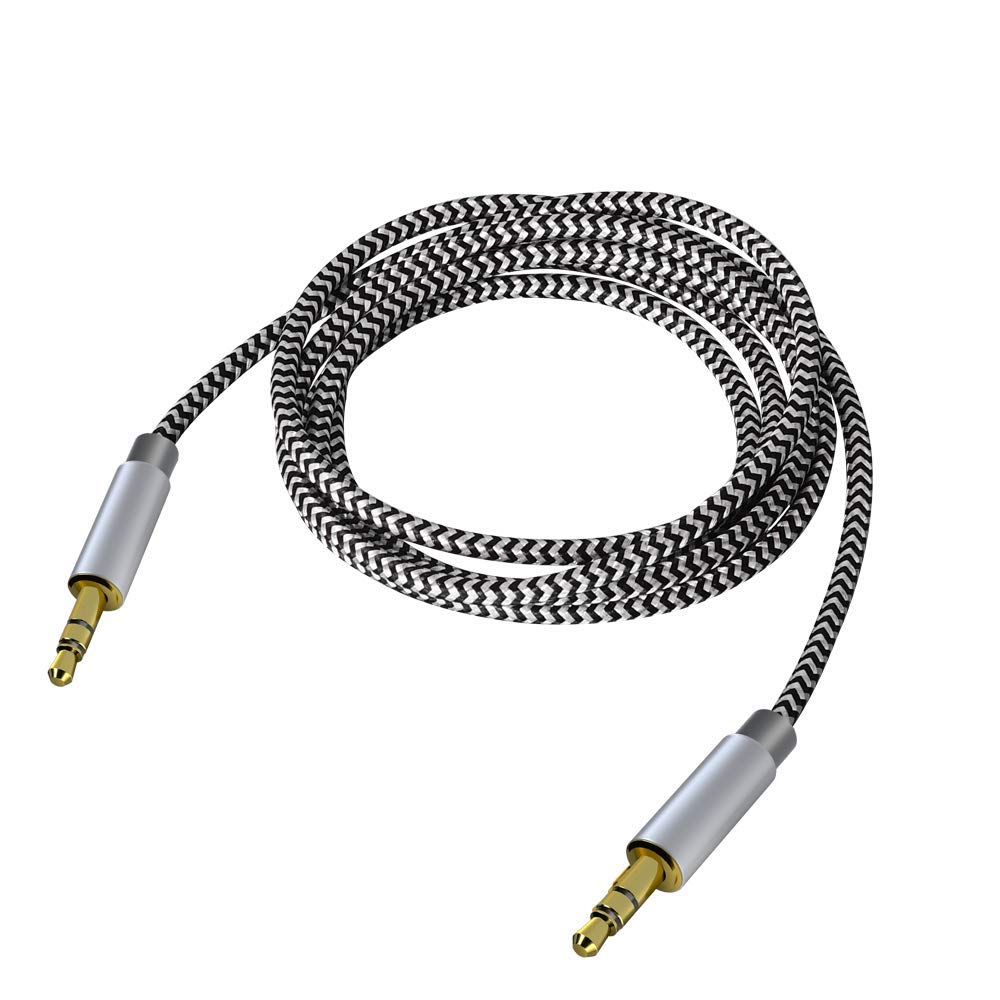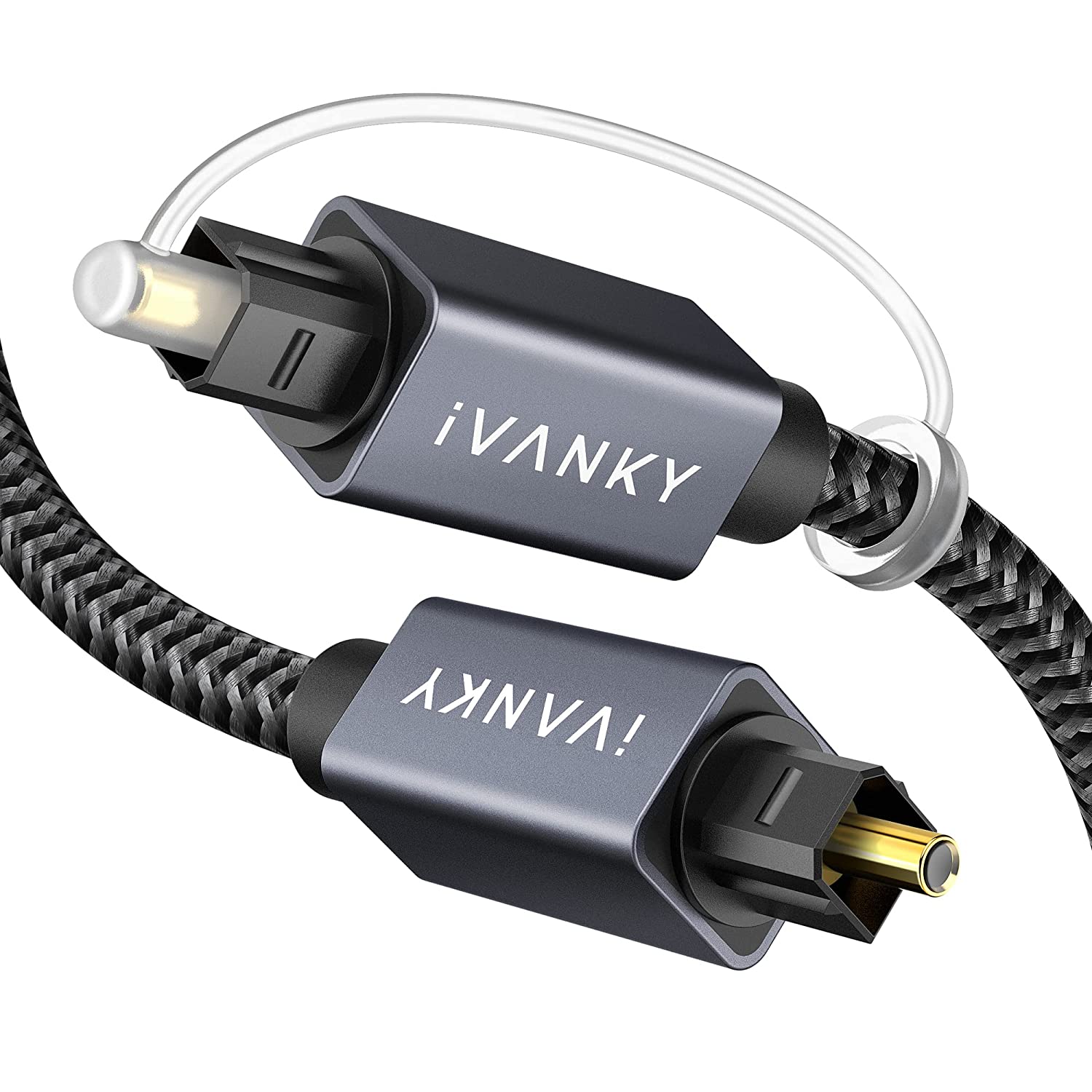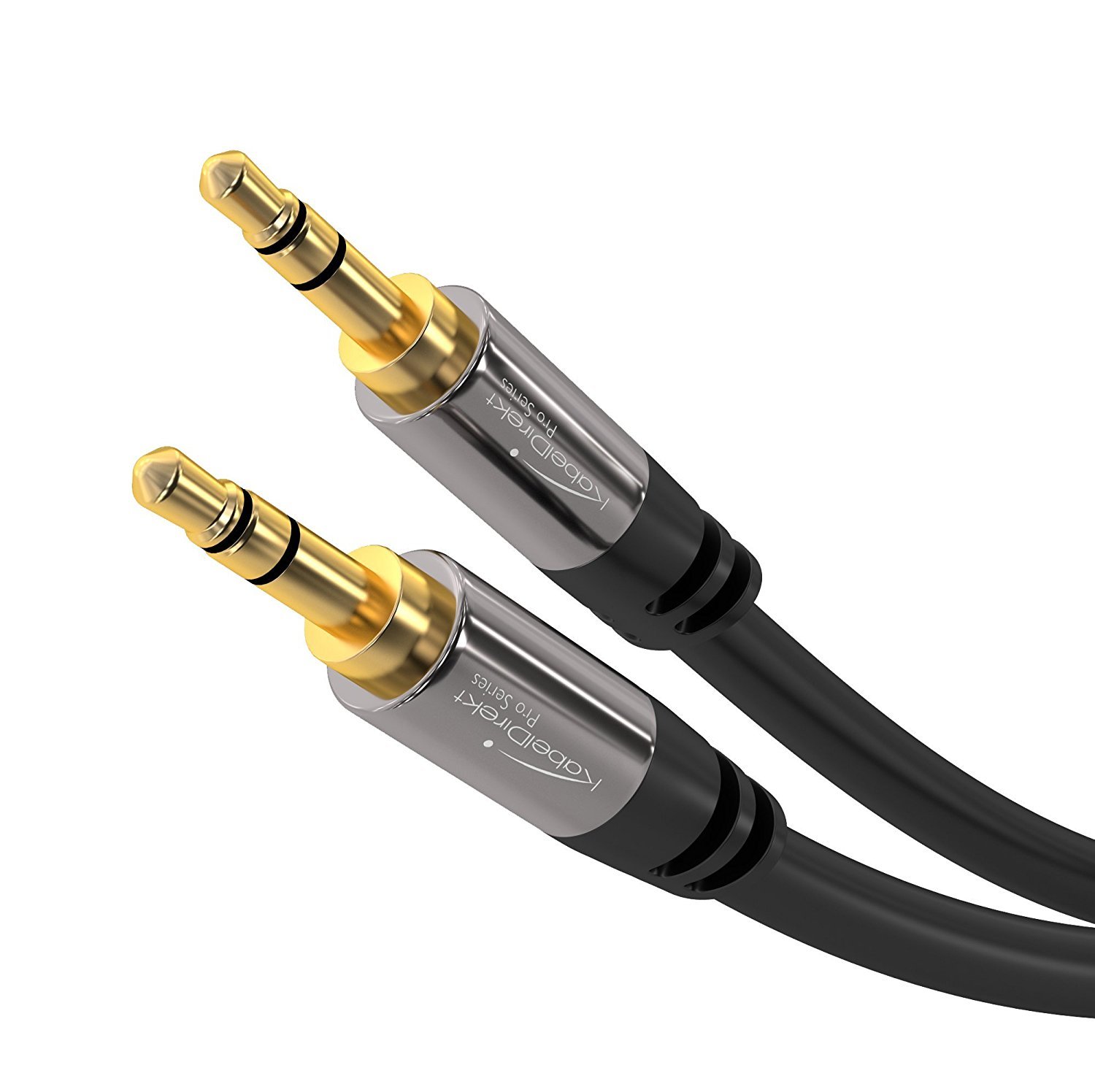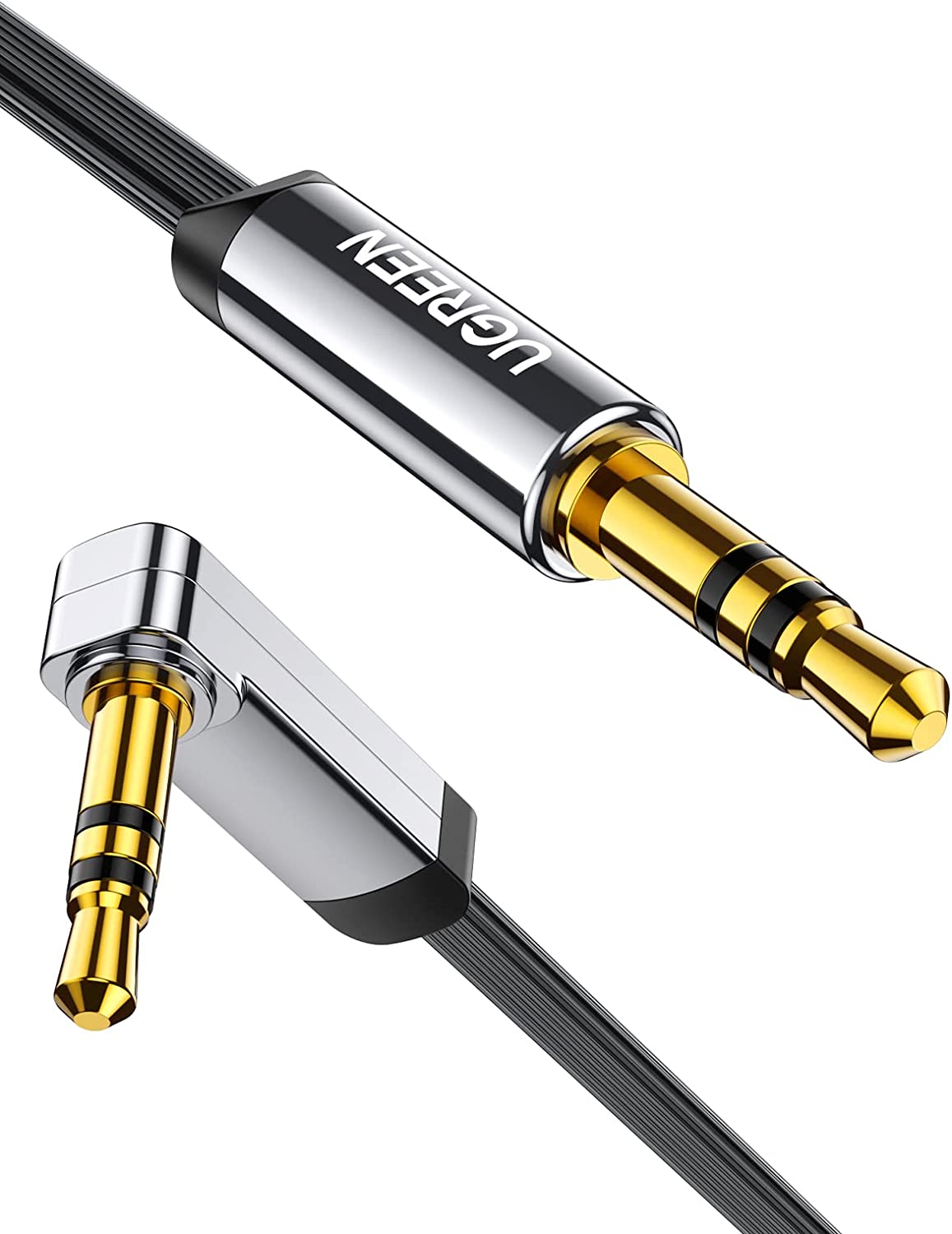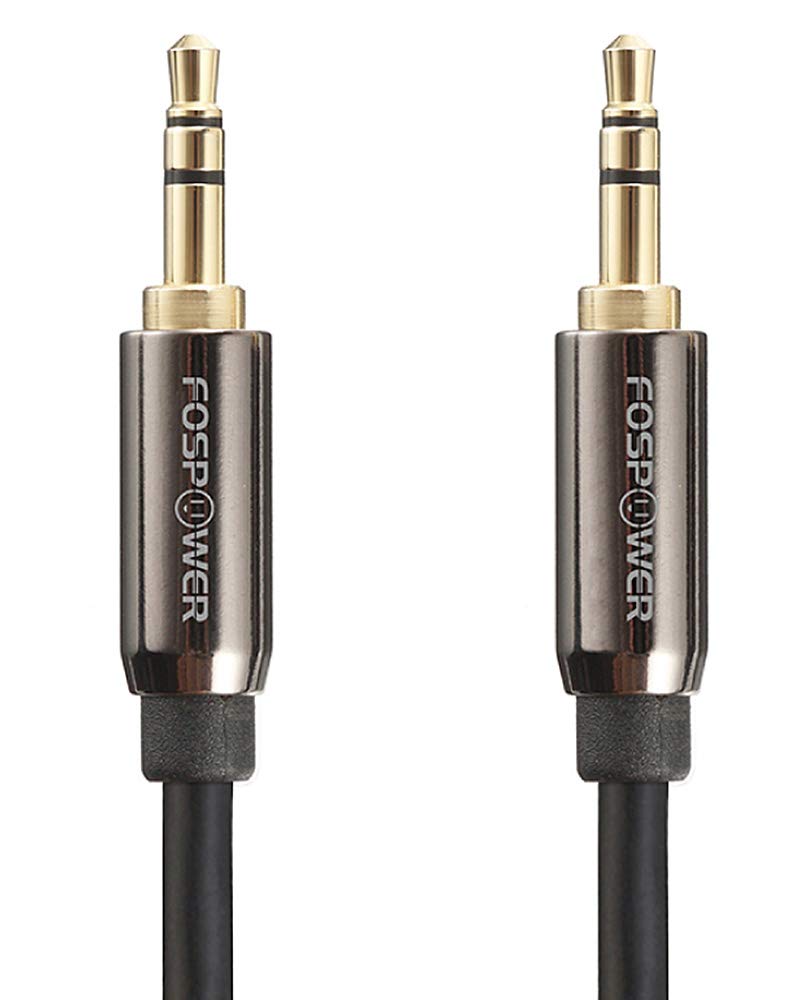Anker Flexible Gold-Plated AUX Cable, 4-Foot
Last updated: March 1, 2023
If you're looking for superior audio connection, this aux cable is your answer. It has a nice long cord that's reinforced with an aramid fiber for extra strength. It's also got a universal fit, which means you'll be able to use it with everything from a phone to a laptop to a car stereo.
We looked at the top AUX Cables and dug through the reviews from some of the most popular review sites. Through this analysis, we've determined the best AUX Cable you should buy.
Product Details
Key Takeaway: The 24K gold-plated contacts on this aux cable ensure your audio experience is always top-notch.
In our analysis of 32 expert reviews, the Anker Flexible Gold-Plated AUX Cable, 4-Foot placed 3rd when we looked at the top 15 products in the category. For the full ranking, see below.Expert Reviews
What reviewers liked
Premium sound quality is provided
the cable is fitted with high-quality 24K gold plated connectors which not only enhances connectivity but also adds durability by being corrosion resistant.
The 3.5 jack makes it a universal cable since it can fit into all 3.5 aux ports which are the commonest options on the market
Good looking, well built, extremely durable, and well insured. Yes, please!
View our AUX Cable buying guide for in-depth advice and recommendations.
